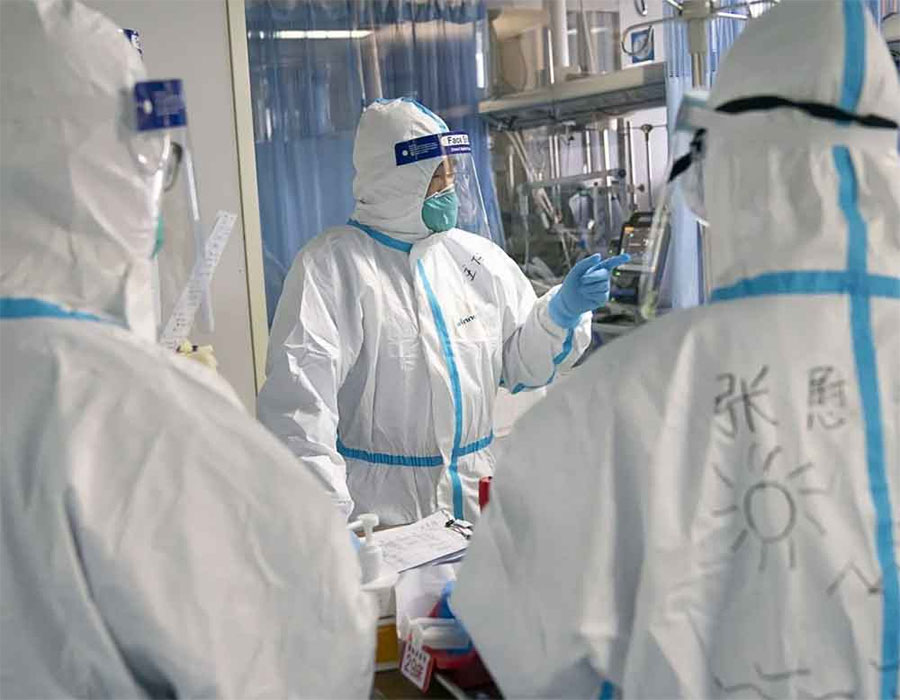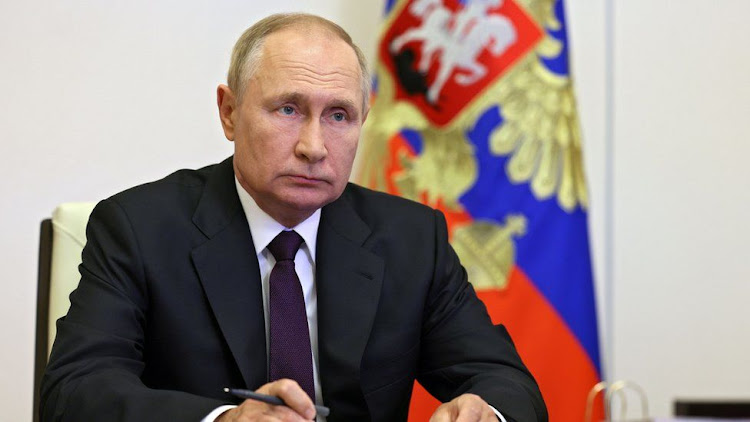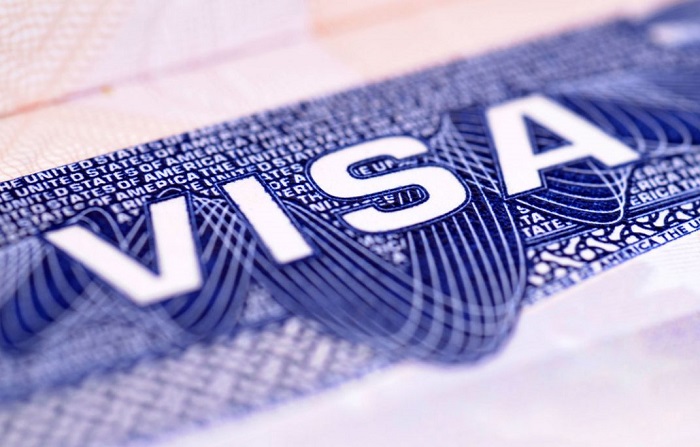While getting micro-plans ready, States need to work in tandem with the Centre and citizen groups to ensure smooth and speedy distribution of the shots
Who will receive the COVID vaccine first as and when it comes out? Will it be a doctor working in a private hospital in Mumbai or a health worker in a remote area of Madhya Pradesh, both of whom are involved in dealing with Coronavirus cases? Who will get the shot first, a healthy elderly person or a middle-aged man suffering from co-morbidities, both of whom are living in a COVID hotspot? Will a typical rural dweller have to wait longer than an urban dweller to receive a vaccine? Will a poor but high-risk individual receive a shot before a wealthy but low-risk person? What if some people refuse to take the vaccine for some reason or the other? These are some tough questions that a COVID vaccine prioritisation strategy will have to answer once a successful Coronavirus vaccine does hit the market in India.
As is the case in many other countries, the Indian Government, too, has accorded top priority to the issue of vaccine procurement, delivery and distribution. Prime Minister Narendra Modi himself has been chairing high-level review meetings for preparedness of a vaccine rollout, whenever it happens, given AstraZeneca’s admission that there was an “inadvertent dosing error’’ during the global clinical trials.
In one of his earlier meetings, Modi had laid down four principles of vaccination: The population groups to be prioritised; the absence of any domicile-related restrictions; affordability and universality and use of technology on a real-time basis. These principles only provide broad guidance to strategising the effort. The real challenge lies in their operationalisation.
To give an example, as a principle, prioritising health workers, non-medical frontline Corona warriors and vulnerable people among the general population is all fine. But these identified population sub-groups will not be vaccinated all at once. Some phasing will happen even among these population sub-groups, which will need to get reflected in micro-plans prepared by the local (municipal and district) authorities. It will easily take a few months to vaccinate even these prioritised sub-groups. So, a phased approach is at the heart of a vaccine rollout plan. And such a plan has to be smart. A “smart” micro-planning will typically rely on multiple factors in preparing a rollout plan for both, the prioritised population and the general public.
Insights from India’s national malaria programme: In this context, India could learn a lesson or two from its own national malaria programme. Several years ago, the Government made a switch in its malaria prevention strategy. Instead of relying mostly on Indoor Residual Spray (IRS) which is logistically challenging, the Government switched over to using Long-Lasting Insecticidal Bed-Nets (LLINs); and it decided to use IRS only as a supplementary measure. Because LLINs were in limited supply in relation to the needs back then, the distribution of LLINs had to be prioritised. Consequently, States and local authorities were asked to draw a list of malaria-endemic areas based on their endemicity. A neat listing of regions — from the higher endemic areas to the lower — was prepared by the States and local authorities. It was thought that providing LLINs to higher endemic areas and gradually moving down the list until the nets were exhausted would be the most objective way of distributing the nets. However, the team soon realised that such an objective way was not the best method. Why? Because of a number of other practical considerations that had an important role in the distribution and use of bed-nets. These considerations had to do with geographic accessibility, social and behavioural aspects in the use of nets, administrative capacity, varying degree of efficiencies in deploying IRS and so on. These considerations needed to be incorporated in prioritising the bed-net distribution. Local conditions, too, needed to be factored in. The team couldn’t do such analytics due to several constraints. But it was amply clear that preparing bed-net distribution plans was both an art and science.
Micro-plans need to be smart: Similar logic will hold for the prioritisation of the COVID vaccine, too. Epidemiology, demography, geography (rural versus urban, degree of remoteness), social and cultural factors and availability of healthcare infrastructure will all have to be brought to bear upon the prioritisation of the vaccine’s rollout. This implies that one needs to conduct deep data analytics using all available data on relevant parameters to plan smartly. Is such a complex analysis worth doing, especially when the ultimate goal is to give the shots to the entire population in a short span of two to three years? The answer is “yes.” The goal is important but so is the pathway chosen, which will have a significant bearing on the number of new cases and deaths in the intervening period. In fact, preparing a COVID vaccine distribution plan is more challenging due to multiple vaccines, with each making different demands on the logistics. Further, there are still a few unknowns such as the number of doses of a vaccine to be given to each person. For all these reasons, it’s all the more important to have a smart distribution plan for the vaccine rollout.
While getting the micro-plans prepared is the responsibility of States, they need to work in tandem with the Centre at all levels and citizen groups to ensure smooth and speedy distribution of the vaccines as intended.
Need to get it right: Thinking about the vaccine rollout, it has all the incentives for a deep political interest — free vaccine distribution, instant benefit (protection) provided by the shots, the scale at which it is to be administered. Adequate safeguards need to be put in place to ensure no political interference at the local level or to check against any possible diversion of vaccines. While the local administration needs to be given discretion in preparation for vaccine delivery and its rollout, some mechanisms need to be in place to ensure that the discretion is not misused. Once the vaccine is out, we can’t afford to get it wrong. The country needs to use all its available bandwidth in getting this right. The stakes are pretty high.
(Ahuja is a development economist formerly with the World Bank and Pradhan is an advisor and adjunct professor, Chitkara University, Punjab.)








 OpinionExpress.In
OpinionExpress.In















Comments (0)